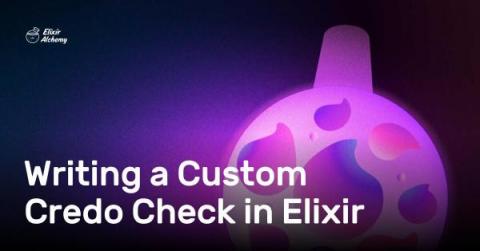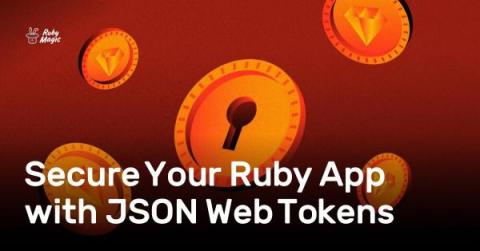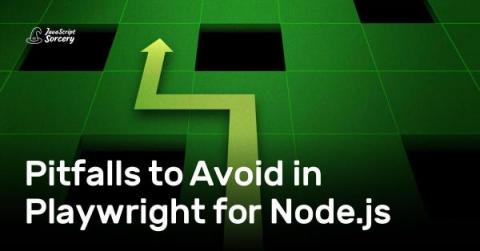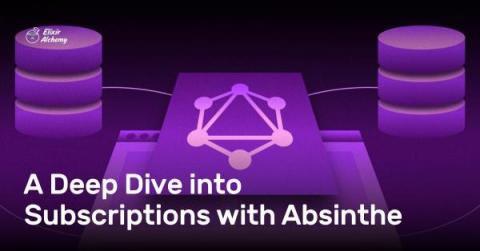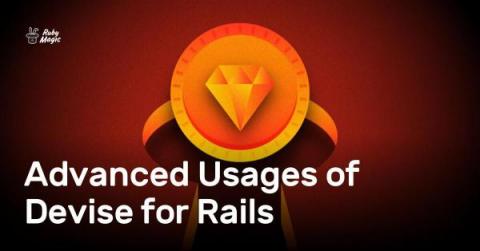Writing a Custom Credo Check in Elixir
Static code analysis is an important tool to ensure a project meets the right code standards and quality. In Elixir, the most popular package for this is Credo. Not only does it offer dozens of pre-made checks, but it also allows you to create your own. In this article, we will walk you through creating a Credo check. We will see how to write the code, enable the check in the Credo config, and make it nice to use. Let’s start!


